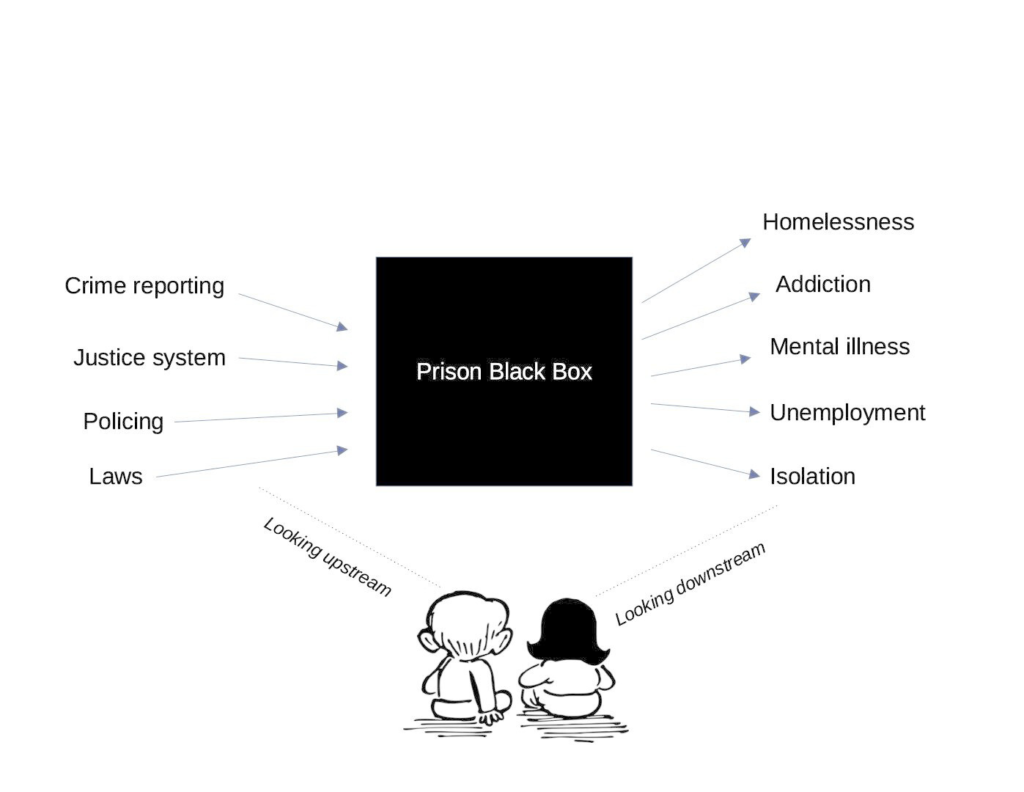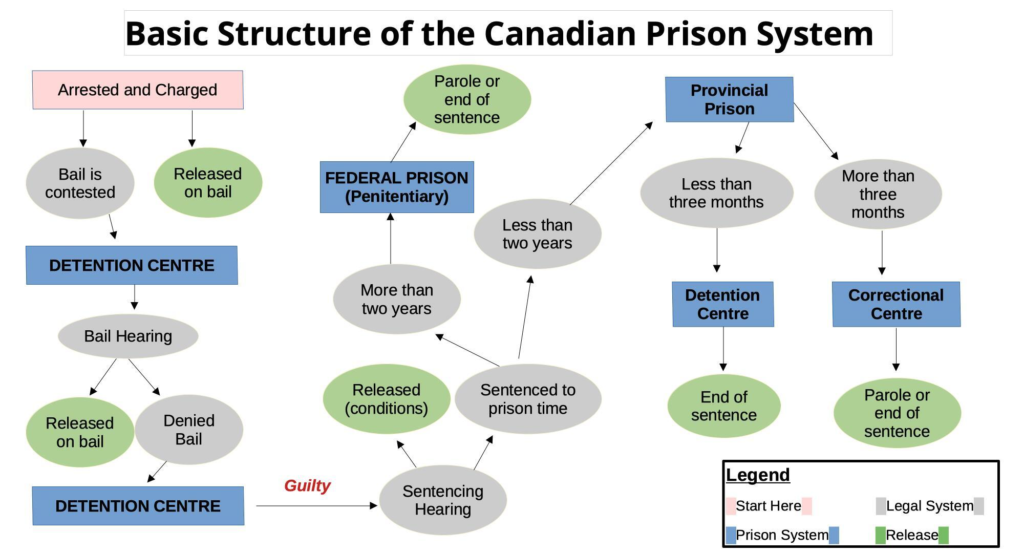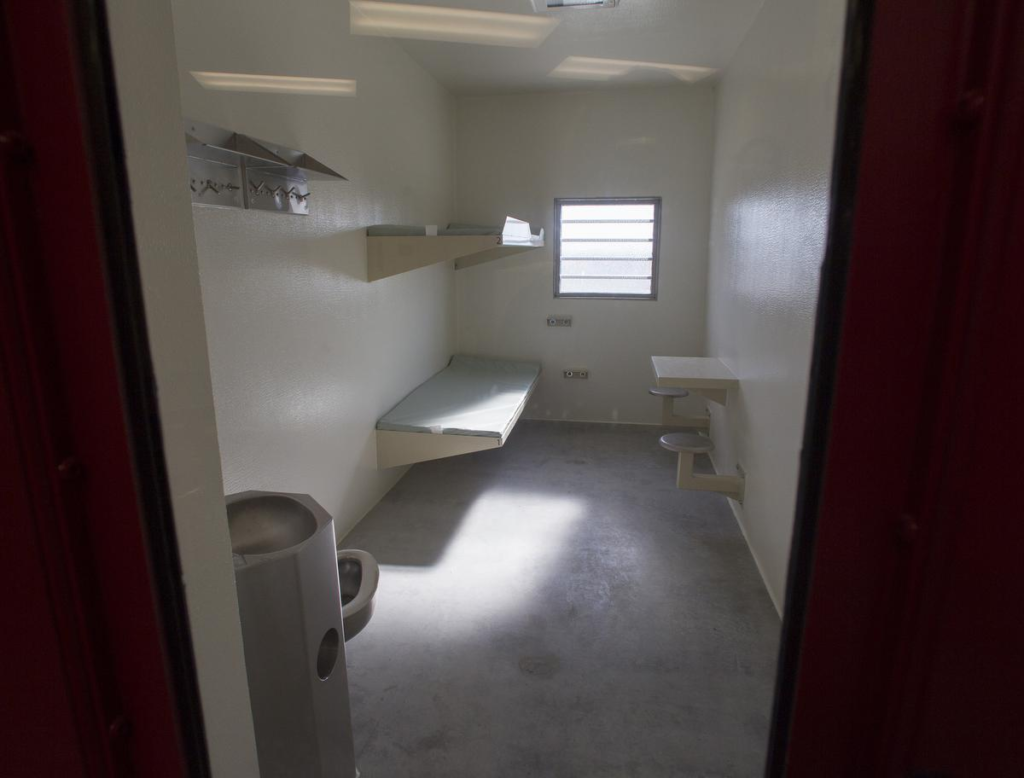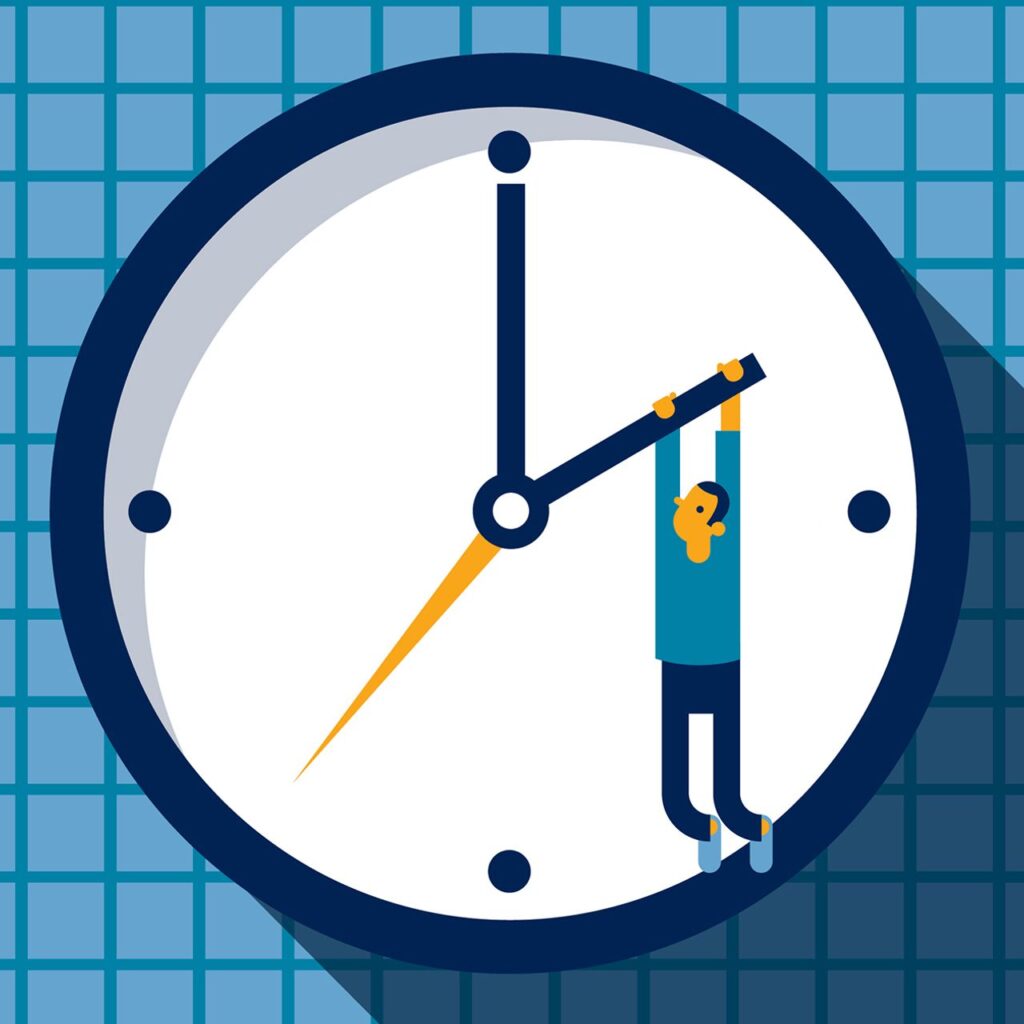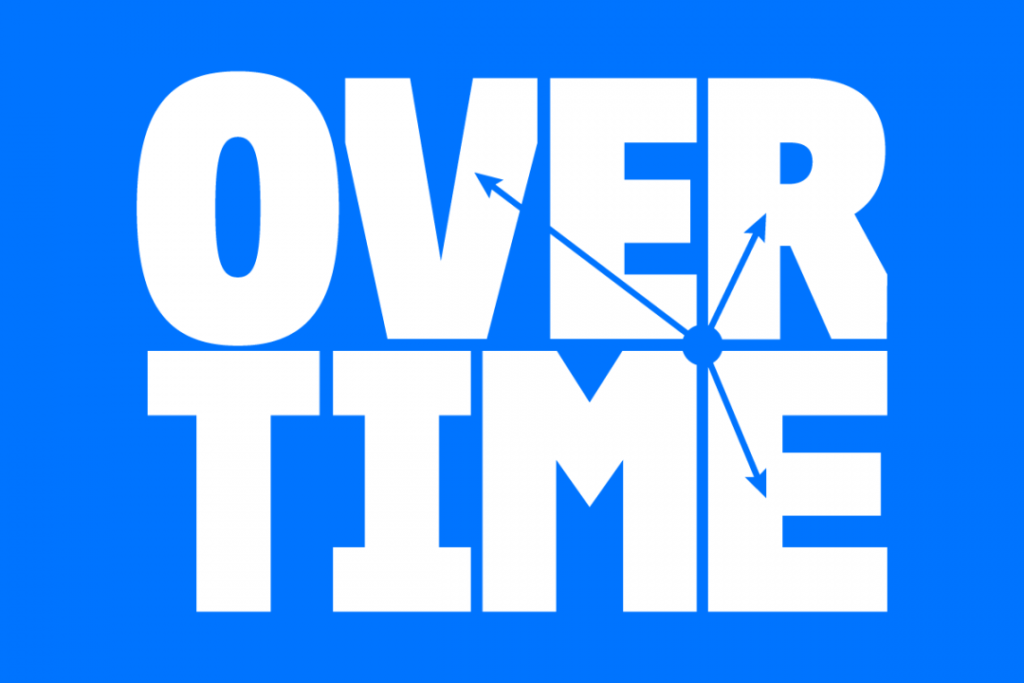- Market Necessity: In areas with severe housing shortages, slumlords may provide the only available option for low-income individuals, preventing homelessness.
- Economic Realities: Some landlords claim they cannot improve properties without raising rents, which could displace tenants. Low-income tenants might prioritize cost over quality due to limited options.
Criticisms of Slumlords as a Blight:
- Exploitative Practices: Charging high rents for substandard housing capitalizes on tenants’ desperation, often violating health/safety codes.
- Health and Safety Risks: Poor conditions (e.g., mold, pests, structural issues) harm physical and mental health, disproportionately affecting marginalized communities.
- Moral Concerns: Profiting from inadequate housing perpetuates inequality and dehumanizes tenants, prioritizing profit over human dignity.
- Community Impact: Neglected properties contribute to neighborhood blight, reducing investment and perpetuating cycles of poverty.
Systemic Context:
- Root Causes: Slumlords thrive in systems with inadequate affordable housing, weak regulation, and income inequality. They are a symptom of broader failures in housing policy.
- Regulatory Gaps: Weak enforcement of housing standards allows slumlords to operate, while insufficient subsidies or public housing leave tenants with few alternatives.

Conclusion:
Slumlords are primarily a blight, exacerbating poverty and inequality through exploitation and neglect. While they may fill a temporary gap in housing supply, their practices harm individuals and communities. Addressing the issue requires systemic solutions:
- Policy Interventions: Strengthen tenant protections, enforce housing codes, and expand affordable housing initiatives.
- Ethical Alternatives: Promote public housing, rent control, and community land trusts to provide dignified, sustainable housing.
Ultimately, the existence of slumlords underscores the need for structural reforms rather than tolerating exploitative stopgaps.
slumlords provide affordable housing. In many cities, there’s a shortage of affordable housing, so even if the housing is substandard, it might be the only option for low-income individuals or families. Without these slumlords, maybe there would be even fewer options, leading to homelessness. But then, the counterargument is that the conditions in these properties are terrible, possibly violating health and safety codes. So even if it’s affordable, is it acceptable for people to live in such conditions?
You’ve highlighted a critical tension in the debate about slumlords and affordable housing: the trade-off between availability and quality. Let’s break this down further:
The Argument That Slumlords Provide Affordable Housing:
- Housing Shortages: In many cities, affordable housing is scarce due to rising costs, gentrification, and insufficient public housing. Slumlords fill a gap by offering low-cost options, even if the conditions are poor.
- Preventing Homelessness: For some low-income individuals or families, substandard housing may be the only alternative to living on the streets or in shelters, which can be even more precarious.
- Market Realities: Slumlords often operate in neighborhoods where property values are low, and the cost of maintaining or improving housing exceeds what tenants can pay. Without them, these properties might remain vacant or be redeveloped into unaffordable housing.
The Counterargument: Unacceptable Living Conditions:
- Health and Safety Risks: Substandard housing often violates health and safety codes, exposing tenants to hazards like mold, lead paint, pests, faulty wiring, and structural instability. These conditions can lead to serious health problems, especially for vulnerable populations like children and the elderly.
- Exploitation: Slumlords often charge rents that are disproportionately high relative to the quality of the housing, exploiting tenants who have no other options.
- Moral and Ethical Concerns: Allowing people to live in such conditions raises ethical questions about dignity and human rights. Affordable housing should not come at the cost of basic safety and well-being.
- Long-Term Costs: Poor housing conditions can perpetuate cycles of poverty by affecting tenants’ health, education, and employment opportunities, ultimately costing society more in healthcare, social services, and lost productivity.
The Broader Systemic Issue:
The existence of slumlords is a symptom of deeper systemic failures:
- Lack of Affordable Housing: Governments and private developers have not built enough affordable housing to meet demand, leaving low-income individuals with few options.
- Weak Regulation and Enforcement: In many places, housing codes are not strictly enforced, allowing slumlords to operate with impunity.
- Economic Inequality: Rising income inequality and stagnant wages make it difficult for many people to afford decent housing, forcing them into substandard options.
Is It Acceptable?
While slumlords may provide a temporary solution to housing shortages, the conditions they offer are fundamentally unacceptable. Affordable housing should not come at the cost of health, safety, or dignity. The solution lies in addressing the root causes of the problem:
- Policy Solutions: Governments should invest in affordable housing, enforce stricter housing codes, and provide subsidies or incentives for landlords to improve properties.
- Community Initiatives: Nonprofits and community land trusts can develop and maintain affordable, high-quality housing for low-income residents.
- Tenant Protections: Stronger tenant rights and rent control measures can prevent exploitation and ensure that housing remains affordable and habitable.
In conclusion, while slumlords may fill a gap in the short term, their existence is a symptom of systemic failures that need to be addressed. Affordable housing should not mean substandard housing, and society must strive to provide safe, dignified living conditions for all.



